Rainier Bullets Load Data: Complete Guide with Recommendations
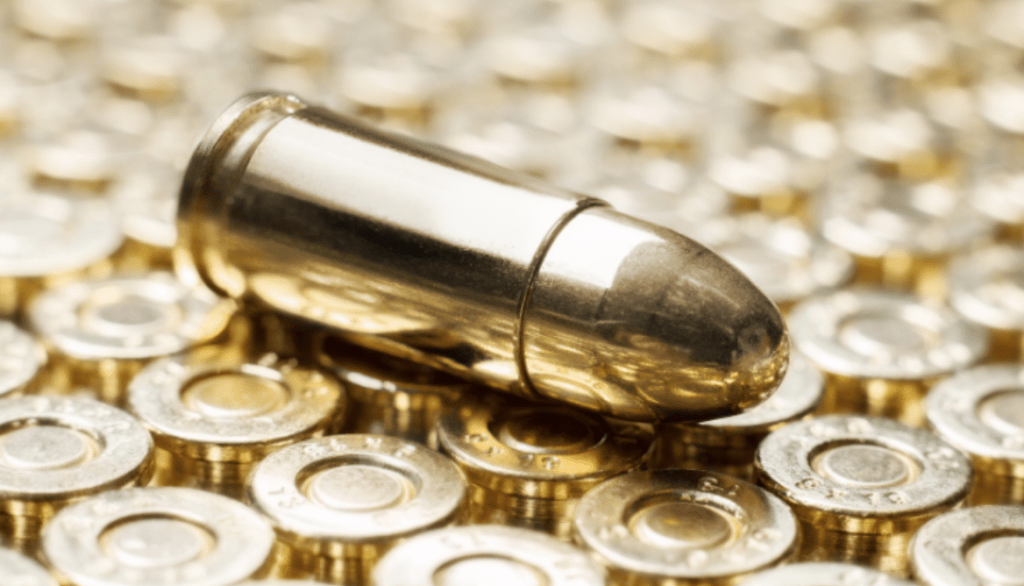
Loading the empty shell of a used bullet is a complicated process. Rainier bullets load data simplifies by providing information regarding the powder, grain, technique, and tips for reloading the shell perfectly. They offer comprehensive and credible information.
In this article, we will cover a quick review, recommendations, information, techniques, and accuracy testing for the Rainier plated bullets. Let’s get started!
Quick Overview of Rainier Bullets
Rainier Bullets are made using a special type of electroplating resulting in copper plating.
- The most streamlined products used by several users are the 45 ACP (185-grain Flat nose or semi-wadcutter) and 200-grain round nose bullets.
- All the above bullets perform excellently when chambered in a firearm and are highly affordable if bought in bulk.
- The 200-grain round nose may require a delicate touch when reloading them.
- If not reloaded properly the bullet head may tear the bell of the case.
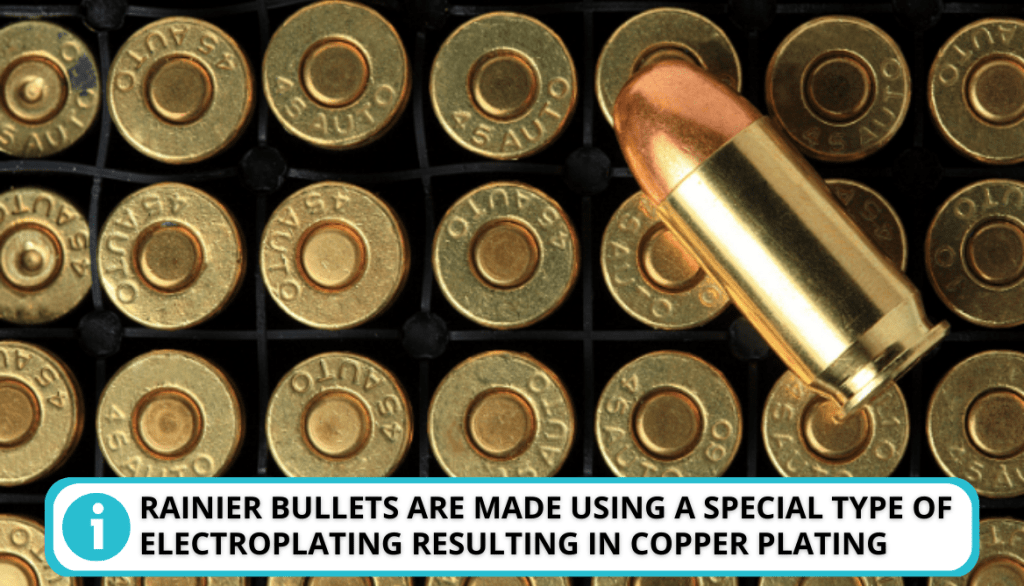
Basic Info on Rainier Ballistics Load Data
Load data from manufacturers such as Rainier contains information related to the copper-plated bullet. And, it is always better to follow the guide from the manufacturer.
Always ensure to select the precise bullet weight and profile while using the load data from Rainier Ballistics and do not mistake them for jacketed bullets.
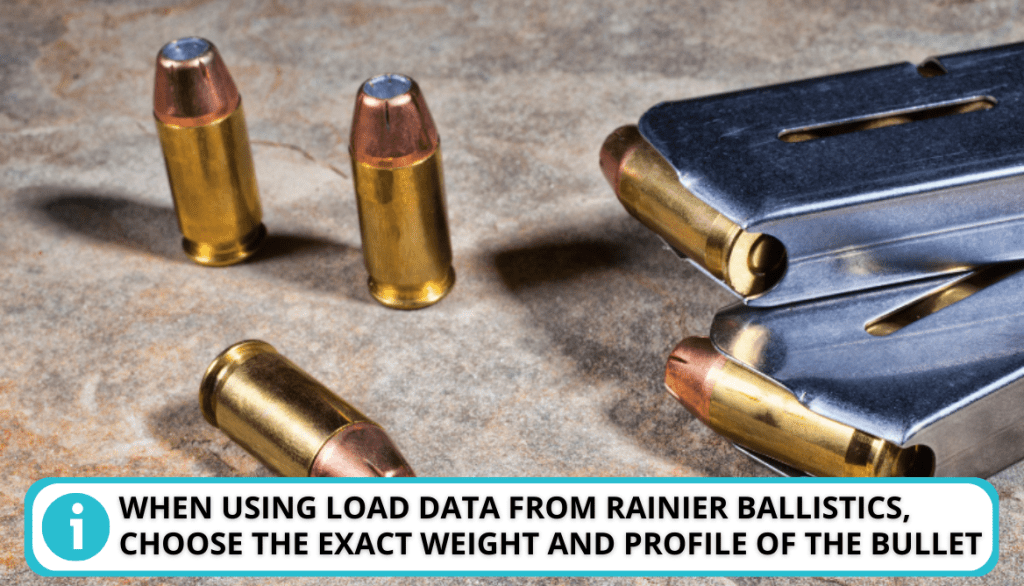
Check for any kind of traces of overpressure or damage when you are testing the loads for the bullets. For more information, you can check the official website by following the simple steps mentioned below:
- Go to the Rainier Ballistics website.
- Click on the “Reloading Tab” on the top right corner drop menu.
- Check out the information shared regarding your specific bullet.
- Take help from their authentic and tested information.
For further insights check out this link.
Quick Tips for Loading Lead Bullets
Here are some of the recommendations for using lead bullets when loading them. Rainier and Berry both have suggested the following methods. Let’s have a look at them!
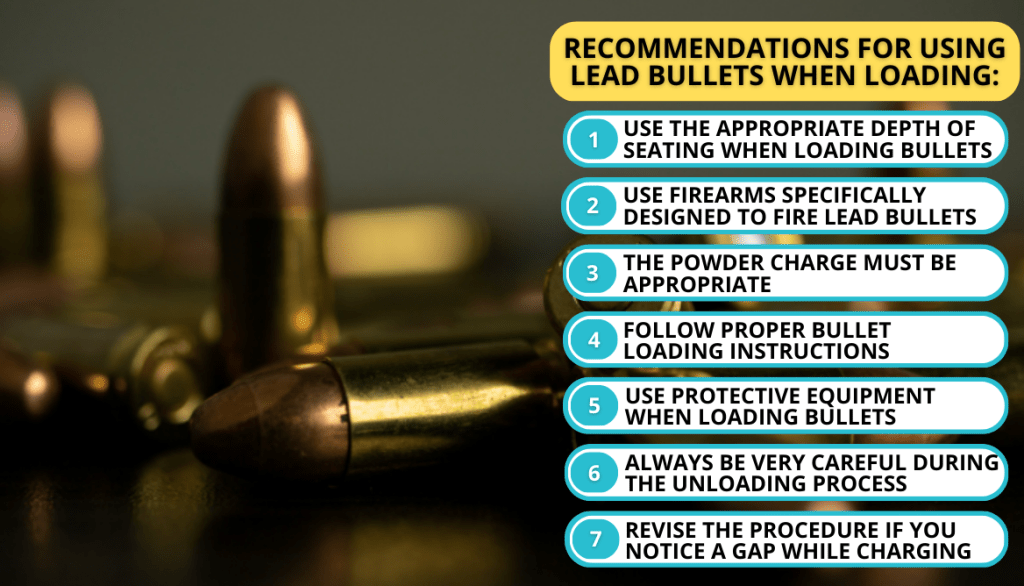
- Seating Depth: Make sure to use the appropriate seating depth as mentioned on the loading data for lead bullets. For example, 0.020-0.030 inches shorter than the maximum COL for the specific caliber for Rainier bullets.
- Selecting the Suitable Firearm: Use firearms (348 Winchester, 45-70 Government, or 38-55 Winchester, etc) that are specifically designed for lead bullets. Such bullet types are not recommended for firearms designed for bullets (jacketed).
- Use the Correct Powder: The powder charge must be appropriate and Rainier suggests carefully following the load data to avoid mishaps.
- Using a Guide: Follow the proper guideline for loading the bullet. Factors such as crimping, flaring, and priming must be precisely done.
- Safety: Use safety gear (gloves and protective eyewear goggles) when loading bullets.
- Patience is key: Always be very gentle during the flaring process. Over-flaring can result in damaging the bullet casing and it can be dangerous if left unnoticed.
- Check for Damage: Once the bullet head is loaded and you notice any tear or damage in the casing then it is recommended to review the procedure you are following.
Information to Reload the Copper-Plated Rainier Bullet
If you are reloading bullets (plated) then there are two main aspects you need to keep in mind before doing anything. Here are the details:
1. Velocity
Never exceed the velocity threshold (1200 ft/s) and you can do this by referring to a chart for the recommended value or contacting the manufacturer of the bullet. Exceeding the limit will cause the plating to crack and separate due to stretching.
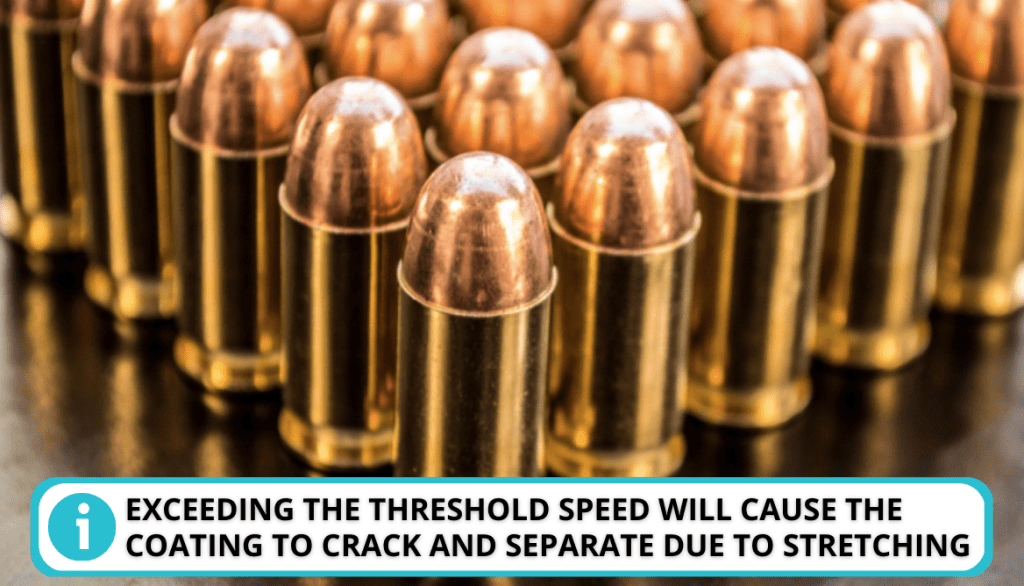
2. Crimping
The plating will separate if you over-crimp so do it according to the suitable neck tension. Rainier Ballistics suggests users follow the lead bullet load data for reloading their bullets.
The advantage of this method? Adjustments are not required. They use an electroplating process for jacketing which results in softer bullets.
Additional recommendations are as follows:
- Reduce the charge’s maximum limit by 10%.
- Use a roll or taper crimp.
- Do not over-crimp.
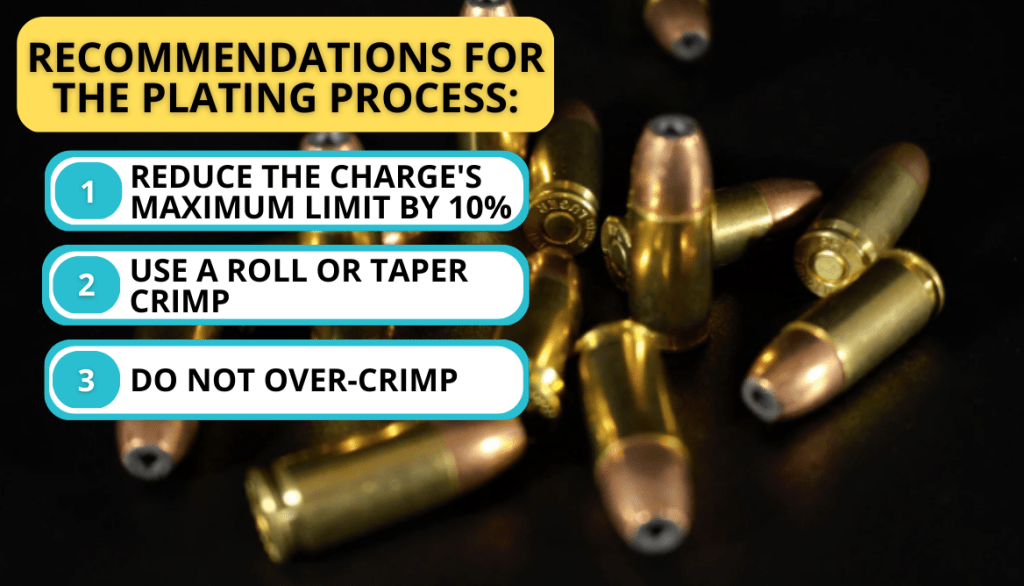
Note: For revolvers especially a crimp more identation (over .003) when resizing the forcing cone can cause problems. For example, high caliber revolvers such as magnum velocities are over 1200 ft/s.
Rainier Ballistics Products
Listed below are the products that are made by Rainier Ballistics. Let’s have a look!
- 300AAC Blackout
- 30 Carbine TCJ (.308 diameter)
- 32 H&R (.312 diameter)
- 9 Millimeter (.355 diameter)
- 380 Auto TCJ (.355 diameter)
- 38 Super TCJ (.356 diameter)
- 38 Caliber TCJ (.357 diameter)
- 40 Caliber/10 Millimeter TCJ (.400 diameter)
- 41 Caliber
- 44 Caliber TCJ (.429 diameter)
- 45 Caliber TCJ (.451 diameter)
- 45 Long Colt TCJ (.451 diameter)
- 50 Caliber TCJ (.500 diameter)
Testing the Accuracy of Rainier Bullets
Rainier Bullets Accuracy Testing consists of:
- Loading the bullet with the correct amount of powder.
- Firing it at different distances.
- The purpose is to achieve the best outcomes in terms of precision.
- The process also involves checking for deformities.
Carrying out these tests help in fine-tuning the loads for excellent results for Rainier bullets. Let’s learn more about them!
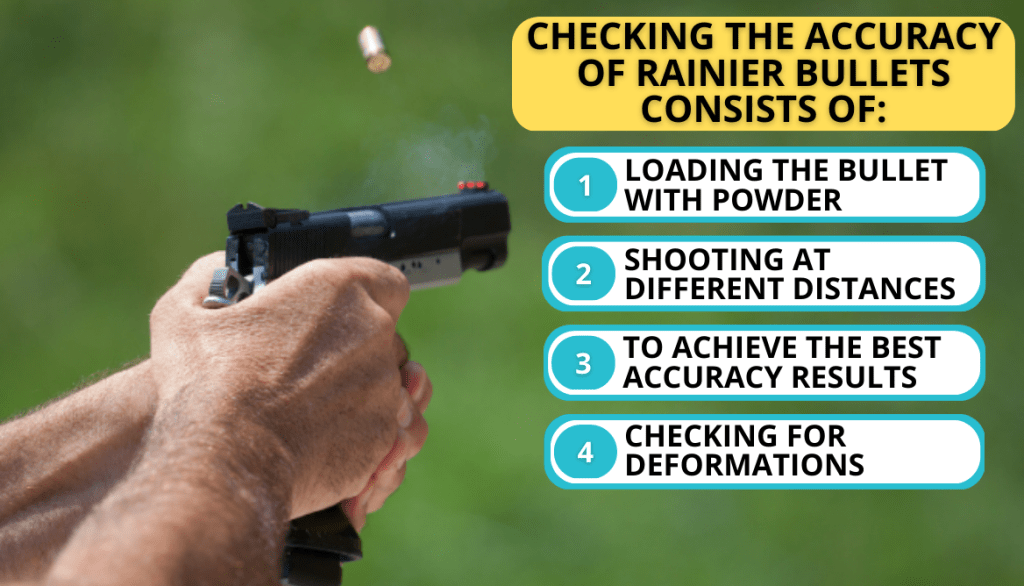
Loading Plated Bullets (Rainier)
Bullets (plated) are more cost-effective than bullets (jacketed) and they are almost similar in accuracy. But, they require a different loading technique.
This caliber round cannot be pushed to the limit like bullets (jacketed). You need to be extra cautious while loading them.
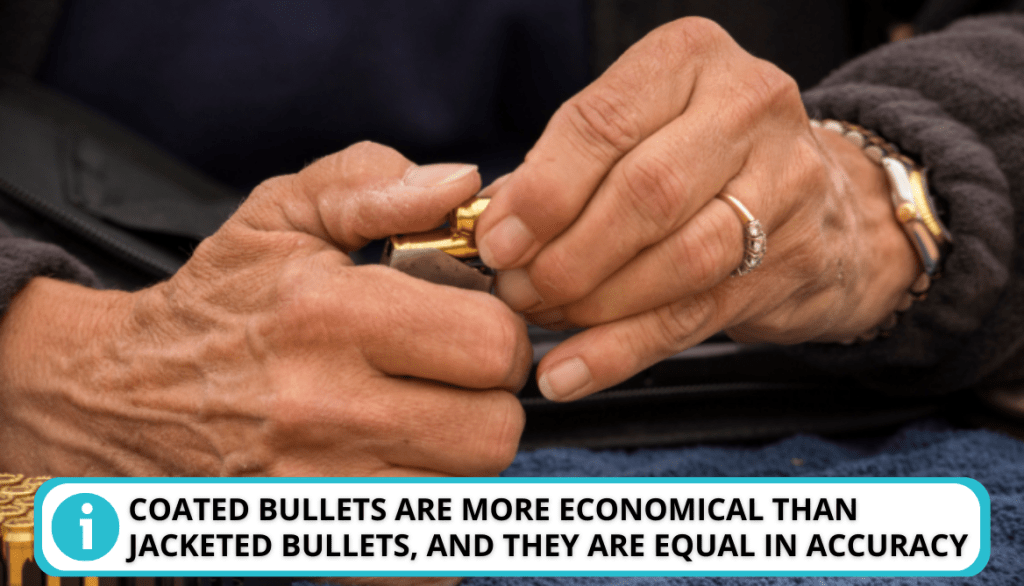
Very Limited Information on Plated Bullet Reloading
Since this caliber type is very old, information/reloading data is scarce plated bullets. You can follow the official Rainier website for a guide. Check out Western Powders for their suggested technique of loading. Especially, for the new brass available in the market.
Here is a video to help you out!
Plated, Cast, and Jacketed Bullet Load Data
The major difference between all three bullets needs to be understood to perfectly load them:
- Cast bullets are manufactured using molten lead.
- Jacketed bullets are produced from a brass cup that is filled with lead.
- Plated bullets are made from a swaged lead core electroplated with copper.

Bullets (Plated) Loading Manuals
There are some Rainier recommendations:
- Use the bullet load data (e.g. jacketed data) for loading ammo which differed for cast bullets.
- Avoid too much velocity and keep it below 1200 ft/s to help you stay away from the deformation and shedding of the plating.
You can check out the guide or this one to help you out.
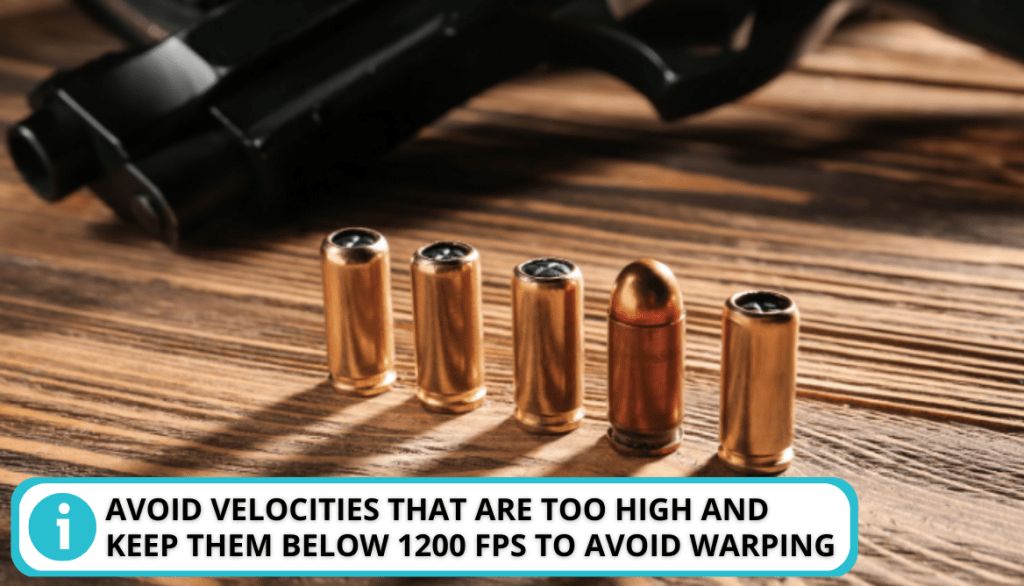
Plated Bullets Reloading Method
Handling the loaded plated bullets can be a tricky task as they are much softer (have no copper jacket). Too much pressure or mishandling can deform or render them useless. Let us teach you how to load them like a pro!
- Use a progressive loader for easy handling of the bullet.
- Make sure to prime and size the bullet perfectly.
- Now flare (enlarge the opening of the case) the bullet and make sure that the bell is sized as per requirement. You may have to over-flare the bullet a little bit as compared to a jacketed bullet.
- Never over bell the bullet as this may damage the casing and the bullet will be wasted.
- Once the above steps are done, set the bullet vertically into the seating die and ensure that the bullet is a snug fit in the shell holder.
- After securing the bullet now a slight crimp needs to be added. Do not over-crimp the plated bullet.
- Rainier emphasizes very less crimp on the bullet. This is done to avoid denting or deforming the plating while you exert pressure.
- If you are using a suitable crimp to pull out the bullet case then you will only notice a slight scratch mark on the plating surface.
- You can use the thin blades on calipers, do not exceed a crimp indentation of 0.003.
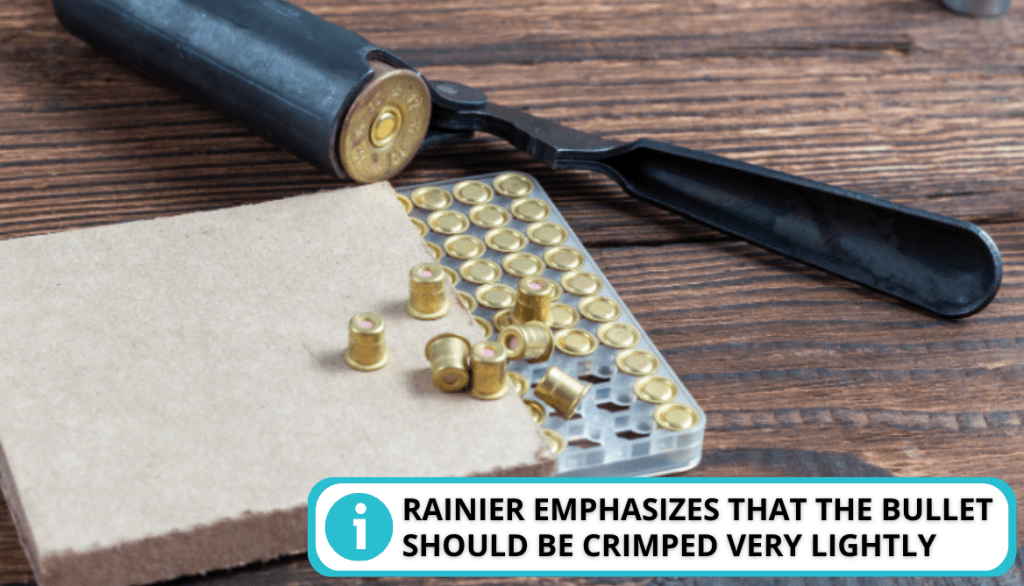
FAQ
What is the maximum velocity of Rainier bullets?
The maximum velocity of Rainier bullets as per Western Powders Guide starts with a load of 12.1 grain at 1086 feet per second and increases up to 13.5 grain with a velocity of 1235 feet per second.
What bullets can I reload a 350 legend with?
The suggested bullets to reload in a 350 Legend are the Federal Fusion or the Barnes ammo. Although, you can also chamber the Hornady bullet if you target practice a lot.
What is the fastest strongest bullet?
The fastest and strongest bullet is the .50 BMG (Barnes) with a 0.51 caliber and a muzzle energy of 14,895 ft. lbs and 2895 ft./s.
Is Rainier Ballistics still in business?
Yes, Rainier Ballistics is still in the business of making premium quality and high-grade copper-plated bullets.
Who is the owner of Rainier Arms?
The owner of Rainier Arms is John Hwang who founded the company in 2004 and has successfully grown the business into the most credible name it is today.
Conclusion
Rainier bullet load data is crucial during the reloading process of their ammo, especially for their copper-plated bullets. Following reputable reloading manuals, shooters can achieve excellent performance and prevent any safety hazards.
Always consult an expert and double-check the information from another credible resource before experimenting with the information yourself. Did the load data in the article help you out? How did your firearm and bullets perform? Let us know in the comments section!
